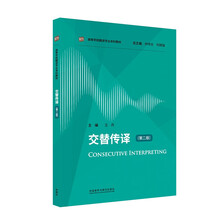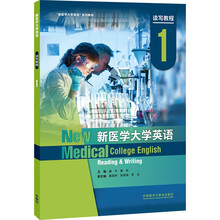1.1 Rationale for the Study
Testing second language speaking is one of the youngestfields of research and practice in language testing.It was not un—til the Second World War that the testing of second languagespeaking became a focus of interest.And it was only in the lasttwo decades that many studies of speaking tests were conducted ‘on rating scales,task types,eticitation techniques,test reliabili—ty and validity(e.g.Fulcher,1997,2003;Jin&Guo,2002;Luoma,2004;0’Loughlin,2001;O’Sullivan,Saville&Weir,2002;Shohamy,1994;Underhill,1987;Weir,1990,1993).
Similarly,oral English teaching and learning in China havealso received much attention since the late 1970s.As explicitlystated in the College English Curriculum Requirements(Minis—try of Education,2007:25)in China,for example,the objectiveof college English teaching is“to develop students’ability to useEnglish in a well—rounded way,especially in listening and speak—ing,SO that in their future studies and careers as well as socialinteractions they will be able to communicate effectively”.It isargued that the teaching of college English should follow theprinciple of providing different guidance for different groups ofstudents and instructing them in accordance with their aptitude so as to meet the specific needs of individual learners.It is nec—essary for teachers to know what students have already known,what they have learned in the course of instruction and whattheir strengths and weaknesses are,so that they can plan theirinstruction appropriately,guide students on where they need toimprove and give feedback to them.And it is generally assumedto be an important way for teachers to get information ofstudents’needs and requirements through the use of appropriatetests.In particular,diagnostic tests are designed and developedspecifically to provide detailed information about the specificcontent domains that are covered in a given program,or that arepart of a general theory of language proficiency(Bachman,1990).
Studies in language testing have proved that a well—devel—oped test can exert positive washback on teaching and learning(e.g.Alderson&Wall,1993;Black&Wiliam,1998;Cheng,1998;Cheng,Watanabe&Curtis,2004;Jin,2000,2004;Wall,1997;Yang,1999,2004;Yang&Gui,2007).With re—gard to oral English teaching and learning at the tertiary level inChina,the development of a diagnostic English speaking testwith high reliability and validity will enable teachers to diagnosethe strengths and weaknesses of students’English speaking abil—ity.
……
展开










